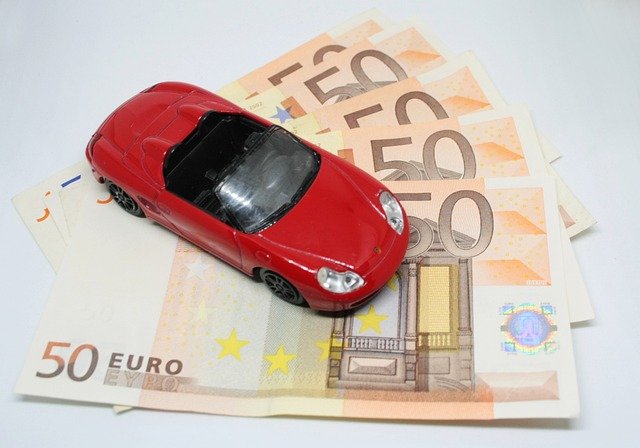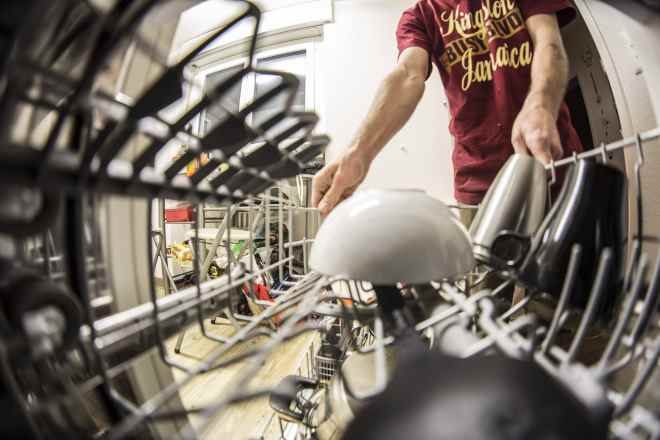Learn how European drivers are optimizing their fuel costs legally and smartly
Across Europe, many drivers are discovering a smarter way to manage rising fuel prices through the use of a fuel card. These cards are not just for businesses—they’re becoming a popular, transparent, and efficient tool for individuals who want better control over fuel spending. By using a fuel card, drivers can track expenses, unlock exclusive discounts, and access thousands of partner stations across the continent. Whether you’re driving for work or leisure, a fuel card helps you fuel up conveniently while keeping your costs predictable and organized.

What is a fuel card and how does it help you save on every trip
A fuel card functions as a specialized payment method designed specifically for purchasing fuel and related services at participating stations. Unlike traditional credit or debit cards, fuel cards offer enhanced control over fuel expenses through detailed transaction reporting, spending limits, and often preferential pricing arrangements with fuel station networks.
The primary savings mechanism comes from negotiated discounts with fuel suppliers, elimination of cash handling fees, and comprehensive expense tracking that helps identify cost-saving opportunities. Many fuel cards also provide access to extensive networks of stations, ensuring drivers can find participating locations along their routes.
How European drivers use fuel cards for smart and simple payments
Across Europe, drivers leverage fuel cards to streamline their payment processes and gain better financial control. Professional drivers particularly benefit from the simplified expense reporting, as fuel cards automatically generate detailed transaction records including location, time, fuel type, and amount purchased.
The convenience extends beyond payment processing. Many European fuel card programs integrate with mobile applications, allowing drivers to locate nearby participating stations, check real-time fuel prices, and even pre-authorize transactions. This digital integration has transformed fuel purchasing from a time-consuming necessity into an efficient, data-driven process.
Understanding transparent pricing and fuel cost tracking with fuel cards
Transparent pricing represents one of the most significant advantages of fuel card systems. Unlike standard payment methods where fuel costs can vary unpredictably, fuel cards often provide fixed or preferential pricing structures that remain consistent across participating stations.
Detailed cost tracking capabilities allow drivers to monitor fuel consumption patterns, identify the most cost-effective stations, and analyze driving efficiency. This data proves invaluable for both individual drivers managing personal transportation costs and fleet managers overseeing multiple vehicles. The comprehensive reporting typically includes fuel type, quantity, cost per liter, total transaction amount, and station location.
How to choose the best fuel card for your route and driving needs
Selecting an appropriate fuel card requires careful consideration of several factors. Network coverage stands as the primary consideration – drivers should ensure their chosen card provides access to stations along their regular routes and travel destinations.
Transaction fees, annual costs, and discount structures vary significantly between providers. Some cards offer percentage-based discounts on fuel purchases, while others provide fixed cent-per-liter reductions. Additional services such as vehicle maintenance, toll payments, or parking fees may also influence the decision-making process.
Geographic coverage becomes particularly important for international drivers. European fuel cards often provide cross-border functionality, but acceptance rates and pricing structures can vary between countries.
Why fuel cards are becoming the top choice for professional and private drivers
The growing popularity of fuel cards stems from their ability to address multiple pain points associated with traditional fuel purchasing methods. Professional drivers appreciate the simplified expense reporting and reduced administrative burden, while private drivers benefit from cost savings and enhanced spending control.
Security features also contribute to their appeal. Fuel cards typically include PIN protection, spending limits, and purchase restrictions that prevent unauthorized use. If lost or stolen, cards can be quickly deactivated and replaced without affecting other financial accounts.
| Provider | Network Coverage | Key Features | Cost Structure |
|---|---|---|---|
| Shell Fleet Hub | 13,000+ stations across Europe | Mobile app integration, detailed reporting | Variable discount rates |
| BP Fuel Card | 7,000+ stations in 30+ countries | Real-time transaction alerts, spending controls | Fixed pricing options available |
| Esso Card | 5,500+ stations across Europe | 24/7 customer support, online account management | Competitive wholesale pricing |
| DKV Card | 42,000+ acceptance points | Multi-service functionality, toll payments | Transparent fee structure |
| UTA Card | 36,000+ service stations | European-wide coverage, fleet management tools | Volume-based discount tiers |
Prices, rates, or cost estimates mentioned in this article are based on the latest available information but may change over time. Independent research is advised before making financial decisions.
The future of fuel cost optimization in Europe
As European transportation continues evolving, fuel cards are adapting to meet changing needs. Integration with electric vehicle charging networks, enhanced mobile functionality, and improved data analytics represent key development areas. These innovations ensure fuel cards remain relevant tools for cost optimization regardless of future transportation trends.
The combination of immediate cost savings, enhanced convenience, and comprehensive expense tracking positions fuel cards as essential tools for European drivers seeking to optimize their transportation expenses while maintaining detailed financial control.



